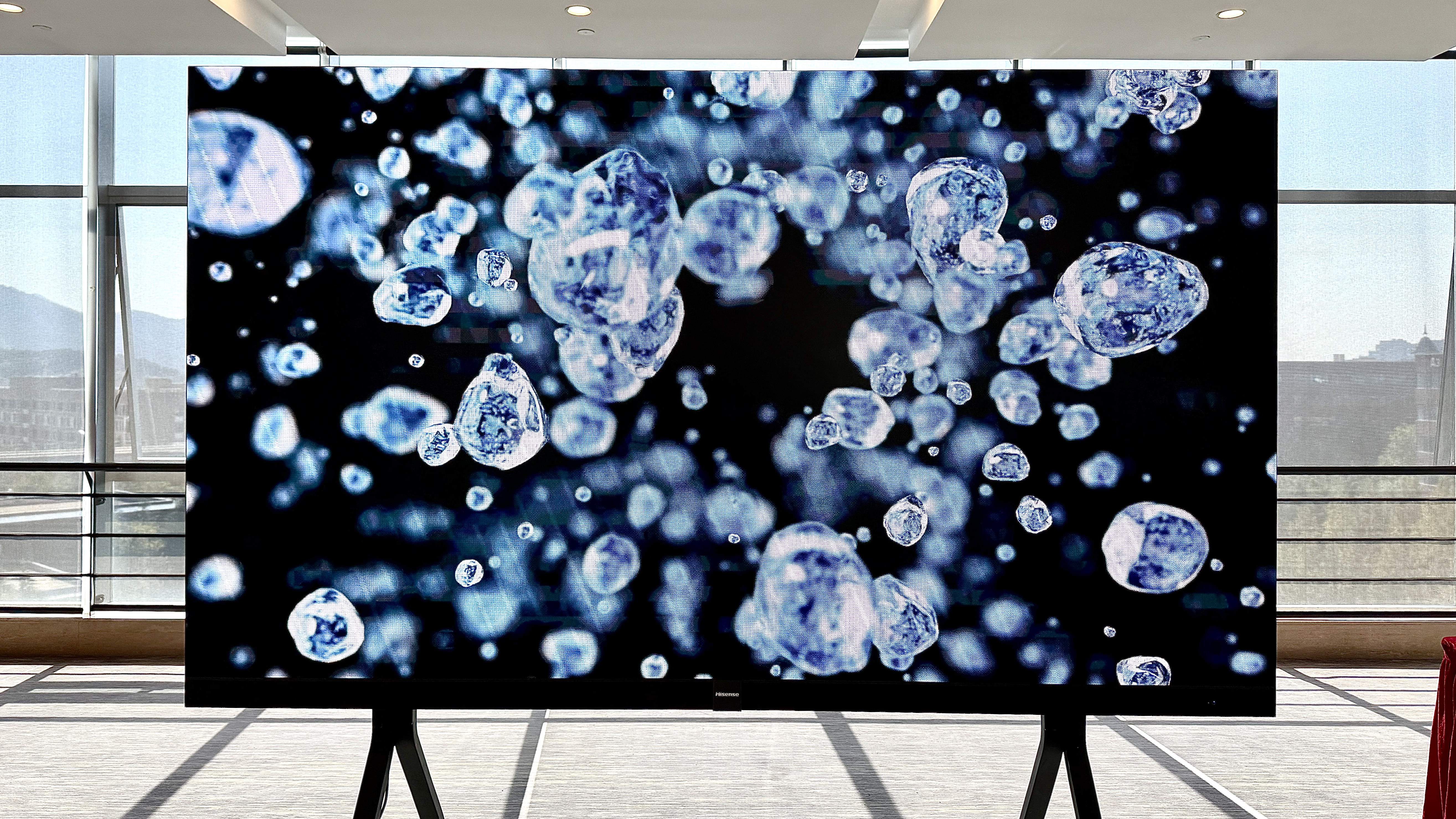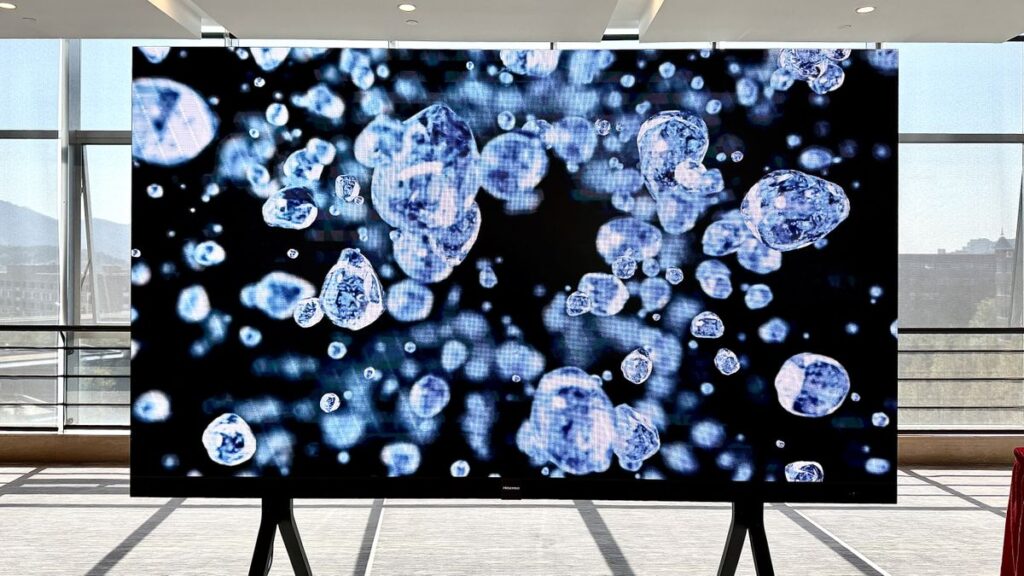
MicroLED technology has been one of the more compelling innovations in the display world in recent years. But let’s be honest — MicroLED has always felt more like a commercial concept than something you’d actually have in your living room, and the cost to manufacture-slash-sell simply isn’t consumer friendly. Yet, Hisense is introducing the 136MX MicroLED specifically as the brand’s first-ever consumer-ready MicroLED display.
The 136MX is part of Hisense’s incoming CES 2025 lineup announcements, but I received an early look at the towering TV when I visited the company’s HQ in Qingdao, China late last year. Planting a flag in the ultra-premium sector is an interesting move for a company known for its value-centric offerings, but one that tells me we could see a shift in how MicroLED displays are understood from your average shopper’s standpoint.
Tom’s Guide at CES
Follow our CES 2025 live blog for all the biggest tech and gadget news straight from Las Vegas. And be sure to follow Tom’s Guide on TikTok for the coolest videos live from the show.
Unlike the normal TVs I’m used to testing out for our best TV rankings, the 136MX doesn’t rely on a backlight. Each of its 24.88 million microscopic LEDs functions as an independent light source, resulting in a self-emissive design that can power deep blacks, bold brightness, and lifelike colors even better than OLED screens. A big reason for that is that brightness levels can reach a claimed 10,000 nits, which is simply incredible if you’re talking about being able to watch in a room that’s filled with natural light. It also has a treatment that’s meant to reduce glare specifically in those scenarios. From my first-hand viewing experience, ambient lighting had zero effect on the 136MX’s dazzling display while the colors swirled around the screen with impressive clarity.
Watch On
It’s not just about the display and supporting hardware, though. The 136MX is powered by Hisense’s flagship Hi-View AI Engine X, which uses AI-based algorithms to reproduce a picture frame-by-frame. And with features like a 120Hz Variable Refresh Rate, Auto Low Latency Mode, and FreeSync Premium Pro, it could make a pretty sick gaming experience.
One thing that does give me pause is that it runs Hisense’s VIDAA smart platform instead of the Google TV I’m more familiar with from Hisense TVs. You’ll still get access to your favorite apps like Netflix, Disney+, and YouTube, which is a plus. I mean, I guess I’d be willing to give the platform a chance if it meant I can loan out a 136 MicoLED TV for a bit… but I might have to get a new house to fit it, first.
MicroLED is still a niche technology, but Hisense is taking steps to make it more accessible. At 136 inches, the 136MX isn’t exactly a TV for everyone — it’s more of a statement piece for home theaters or premium living spaces. But here’s why this matters: this is likely the first of many MicroLED displays to come from Hisense. This could be the start of driving prices down and make MicroLED tech more mainstream over the next few years. I’ve been holding out hope for several years that Samsung would produce greater efforts towards that goal (it had a far enough head start, after all) but it could be Hisense that’s ultimately MicroLED’s difference maker.


